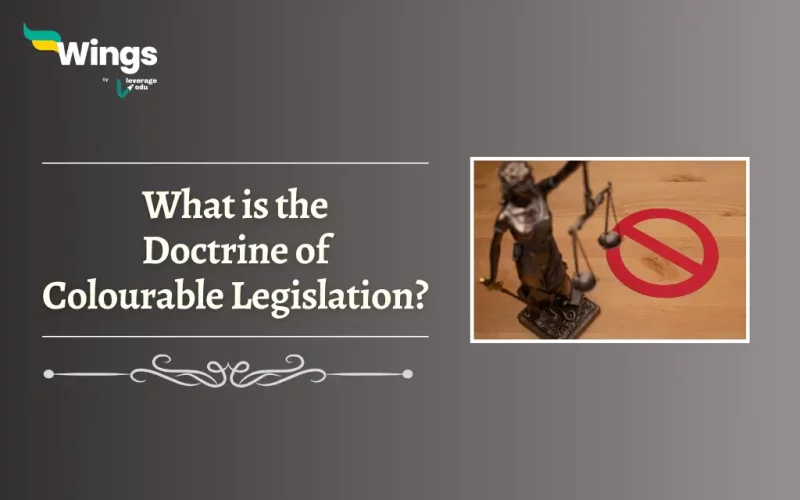The Doctrine of Colourable Legislation states that if something is prohibited for a legislature to do directly, it is also prohibited if done indirectly under the disguise of a legitimate law. Hence, the Doctrine prevents legislatures from transcending their Constitutional powers. Moreover, the Doctrine of Colourable Legislation is also known as the Fraud of the Constitution. Furthermore, it empowers the Judiciary to review laws and strike down those found to be colourable, thus upholding the Constitution’s superiority. Read on to learn more about the Doctrine of Colourable Legislation in India!
Latin Roots of the Doctrine
This Doctrine of Colourable Legislation has its basis in the Latin saying “quando aliquid prohibetur ex directo, prohibetur et per obliquum,” which translates to “what cannot be done directly, should also not be done indirectly.” In simpler terms, the legislature cannot make laws that achieve an unconstitutional purpose by disguising it as a law within their authority. Additionally, the Doctrine serves as a check on legislative power, hence guaranteeing that legislatures operate within the boundaries set by the Constitution.
Also Read: The Basic Structure Doctrine: Safeguarding Constitutional Integrity
What is Colourable Legislation in India?
India’s Federal system allocates legislative powers between the central Parliament and State legislatures. The Indian Constitution, specifically Article 246 states the division of subjects on which each can make laws. Thus, the Doctrine of Colourable Legislation becomes important in this context.
- If a State legislature lacks the power to regulate a specific industry directly, it cannot pass a law with a seemingly unrelated purpose that actually regulates the said industry.
- Thus, the Courts would likely view such a law as Colourable and strike it down.
- Furthermore, landmark cases like K.C. Gajapati Narayan Deo vs. State of Orissa (1953) have shown the importance of the Doctrine of Colourable Legislation in India.
- In this case, the Court deemed a State law regulating religious properties as Colourable legislation.
- Since the State wanted to actually acquire the properties, which was not within the State’s legislative power.
Related Blogs
Lastly, we hope you liked our blog and gained an understanding of What is the Doctrine of Colourable Legislation. Moreover, you may even read more blogs and empower yourself with knowledge regarding Civics and Polity!
 One app for all your study abroad needs
One app for all your study abroad needs













